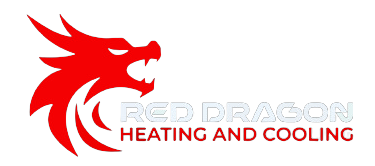- 518.348.9000
- [email protected]
- 117 Van Rd Gloversville,NY 12078
UV Lights: Enhancing Safety and Efficiency in Modern Applications
Ultraviolet (UV) lights have transformed a variety of industries through their unique properties and applications. These lights emit radiation within the UV spectrum, which provides benefits ranging from sterilization to aiding in forensic investigations. UV lights are crucial tools in areas such as healthcare, water purification, and even entertainment lighting.
In healthcare, UV lights play an essential role in disinfecting medical facilities and equipment, reducing the spread of harmful bacteria and viruses. The ability of UV light to eliminate pathogens that traditional cleaning methods may miss showcases its significance. Even in everyday settings, like securing clean drinking water, UV light systems are highly effective.
Forensic science also benefits from UV lights, where these tools help uncover evidence not visible to the naked eye. From highlighting bodily fluids to detecting counterfeit documents, UV lights provide critical assistance in solving cases. The multi-purpose nature of UV lights underscores their vital role across various fields, ensuring safety, accuracy, and efficiency.
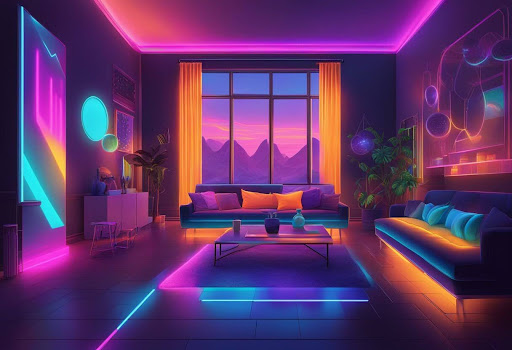
518 Red Dragon Service Areas Include :

Amsterdam
Amsterdam UV Lights

Gloversville
Gloversville UV Lights

Johnstown
Johnstown UV Lights

Broadalbin
Broadalbin UV Lights

Fonda
Fonda UV Lights
Mayfield
Mayfield UV Lights
Northville
Northville UV Lights
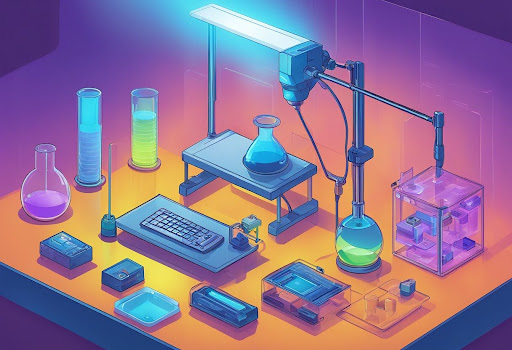
Fundamentals of UV Light
Ultraviolet (UV) light is a type of electromagnetic radiation with a range of wavelengths. It plays important roles in various fields, including healthcare and environmental science.
Electromagnetic Spectrum and UV Radiation
UV light sits on the electromagnetic spectrum between visible light and X-rays. Its wavelength ranges from 10 nm to 400 nm. This range is divided into three main types: UVA, UVB, and UVC.
UVA has the longest wavelength (320-400 nm) and is the least energetic. UVB (280-320 nm) has moderate energy and can cause chemical changes. UVC (100-280 nm) has the shortest wavelength and is the most energetic.
Types of UV Light: UVA, UVB, and UVC
UVA:
- Wavelength: 320-400 nm
- Penetrates deeply into the skin
- Linked to skin aging and long-term skin damage
UVB:
- Wavelength: 280-320 nm
- Responsible for sunburn
- Plays a crucial role in vitamin D synthesis
UVC:
- Wavelength: 100-280 nm
- Absorbed by Earth’s atmosphere
- Used in germicidal lamps for sterilization
Each type of UV light has different properties and effects, impacting how they are used and their potential risks.
Sources of UV Light
Natural sources, like the Sun, emit UV radiation. About 95% of UV radiation reaching the Earth’s surface is UVA, with the remainder being mostly UVB.
Artificial sources include:
- Mercury-vapor lamps: Common in industrial and scientific applications
- Fluorescent lamps: Used in various environments, including homes and workplaces
- Germicidal lamps: Emit UVC and are used for sterilization in hospitals and labs
Understanding these sources is essential for harnessing UV light safely and effectively.
Applications and Uses of UV Light
UV light has a multitude of applications, ranging from medical treatments to water purification. These applications leverage the unique properties of UV light for practical and beneficial results.
Medical and Healthcare Uses
Ultraviolet light is widely used in medical and healthcare settings for its ability to treat certain skin conditions and its role in sterilization. Phototherapy employs UV light to treat diseases like psoriasis, eczema, and vitiligo. Additionally, specific wavelengths of UV light, particularly UVB, induce the production of vitamin D in the skin.
In surgical environments, UV light ensures that tools and surfaces remain sterile. UV-C light effectively eliminates bacteria and viruses, reducing the risk of healthcare-associated infections. UV lamps are often used in air purification systems in hospitals to maintain a sterile atmosphere.
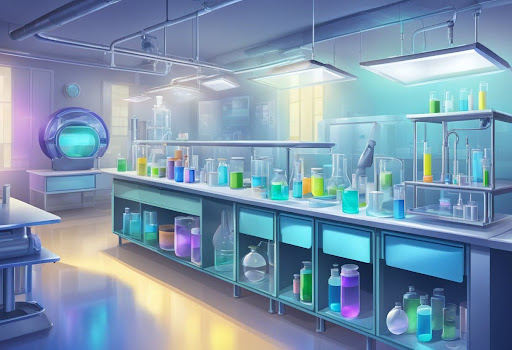
Industrial Applications
In various industries, UV light plays a critical role in quality control, curing, and inspection processes. UV curing is common in the production of adhesives, coatings, and inks. This process speeds up the drying and hardening, enhancing efficiency and product quality. Industries such as automotive, electronics, and printing see significant advantages from UV curing technologies.
UV light is also employed in nondestructive testing (NDT) methods. The use of fluorescent dyes and UV light allows for the detection of surface and subsurface defects in materials. This application is crucial in maintaining safety and quality standards across industries.
Disinfection and Sterilization
The disinfection capabilities of UV light, particularly UV-C wavelengths, are widely recognized. This form of UV light inactivates microorganisms by damaging their DNA or RNA, making it an effective method for sanitizing surfaces, equipment, and environments.
In public spaces such as schools, offices, and transportation hubs, UV disinfection systems help reduce the spread of pathogens. UV robots and installations in HVAC systems ensure continuous disinfection, contributing to healthier living and working conditions.
Water Purification Processes
UV light is also a vital component in water purification systems. UV disinfection of water is a chemical-free process that targets harmful microorganisms like bacteria, viruses, and protozoa. This method is effective in ensuring safe drinking water and is widely used in both municipal water treatment facilities and private water systems.
UV treatment is advantageous because it does not impart any taste, odor, or chemical by-products to the water. It is often used in combination with other filtration methods to provide a comprehensive water purification solution.
WHAT WE DO
Expert HVAC Care, Always.
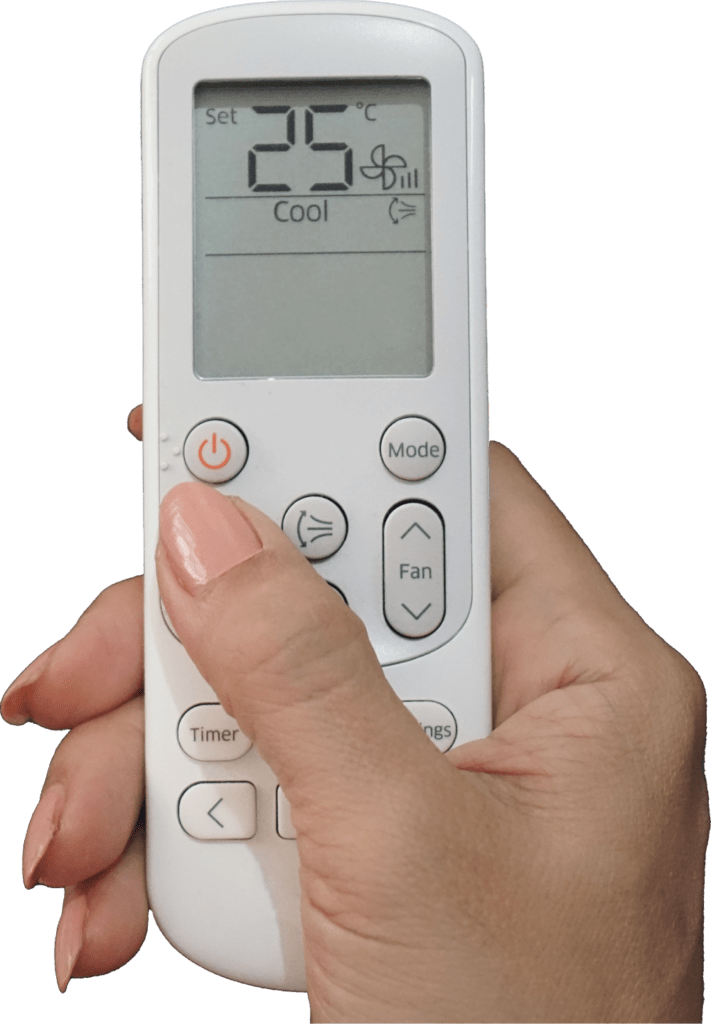

Residential Installations
Trust us to transform your space into a haven of perfect climate control with our expert HVAC installations.
Commercial Installations
Trust us to transform your space into a haven of perfect climate control with our expert HVAC installations.

Thermostat Installations
Trust us to transform your space into a haven of perfect climate control with our expert HVAC installations.

Air Quality Solutions
Trust us to transform your space into a haven of perfect climate control with our expert HVAC installations.
